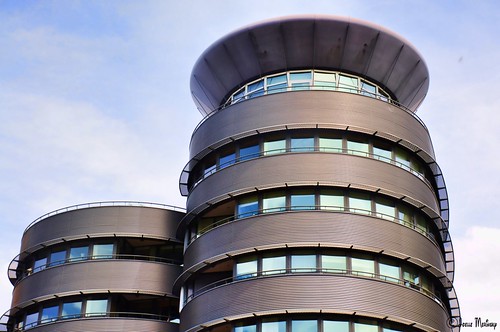The speed of which modern day creations and buildings are erected these days is impressive and can be slightly overwhelming to the passer by. The sheer speed that these man made structures are built is very impressive and it makes one wonder how the contractors and architectures are able to work together to seamlessly to allow the creation of the building to flow without any unplanned stoppages. We were intrigued as to how this operational process works so we spoke to a specific group of specialists who use a technique called Building Information Modelling, or BIM architects for short, and they explained how they’ve adopted and adapted this concept to allow a faster and more efficient building process from inception to creation.
Unified and Collaborative

image courtesy of joelle.merinsky
The idea behind working with BIM is simply to have as much information available on the project outlay all in one place, which enables the architects and managers of the construction to work as efficiently as possible. From this they create a virtual space and re creation of the project that allows them to clearly see any potential problems that may or may not occur and hamper the speed of the build. This includes 3D modelling, support and documentation, employer’s information requirements and asset management to name a few. A major and important role created within this system is for a BIM Co-coordinator whose main reasonability is to heavily assist in auditing models, technical assistance and clash detection that is vital to the success of the project.
Overall Benefits

image courtesy of Sprengben
The smooth workflow and increased efficiency of using BIM is one of its major assets and one of the reasons it’s being used so commonly in modern day architecture. With the increase in technology, the need for collating and presenting this information in a clear and precise way increases which is why BIM is such a successful way of handling a new building project. With the amount of new architectural projects being commissioned every day in cities and countries around the world, having a workflow process that enables the quickest, safest and most efficient way of creating these masterpieces can only be a positive.


Friends Read Free